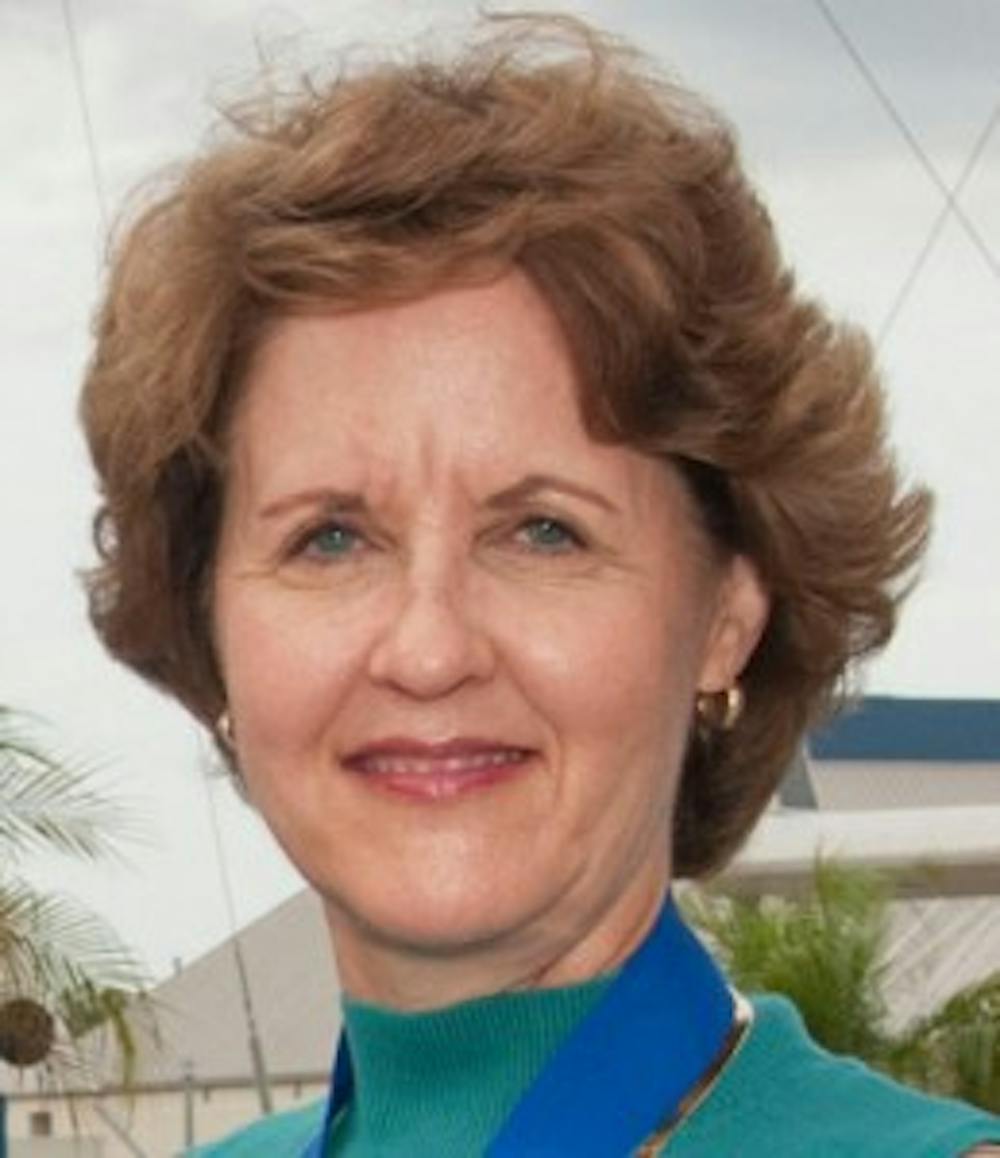Kathy Thornton earned a Ph.D. in physics from the University in 1979, and joined the University’s Engineering School faculty in 1996, where she currently serves as Director of Aerospace Engineering Program. In the interim, she served on the crews four space flights. One of these flights launched the night before Thanksgiving 1989. Thornton spoke with The Cavalier Daily about her career, and what it’s like to celebrate a holiday in space.
What made you interested in being an astronaut and involved in NASA?
“Well, when I was growing up, it wasn’t even an option. There weren’t any women astronauts, and it didn’t look like there ever would be. So I didn’t really think about it until I was out of school. I had a Ph.D. in physics and I was working near Charlottesville in the Army. So on an announcement I heard they were selecting the next group and thought, ‘Why not?’”
What was your training experience like? Did you have to travel around a lot?
“There’s a fair amount of travel, mostly public relations stuff, some training that’s not based in Houston, so there was a fair amount of travelling. A lot of the training is standard. First, you learn about all the systems in the shuttle and how they work together, so can a computer failure mask an electrical failure? And you do that for months on end while you wait for your time to fly. Then when you’re assigned a flight, you get assigned a crew and have crew coordination, and then towards the end of the training you begin to work with your whole flight control team. So you have mission control and the crew in a simulator pretending it’s the mission trying to solve problems.”
How did your family react to your opportunity to go on these missions?
“They were very good sports. I have to say it is very hard. It’s much harder to watch someone on a space shuttle than to have to do it yourself. They were very good sports to stick with me through all that.”
You know you had one of your missions during late the November period, which was Thanksgiving, Christmas time, I’m sure you were away from family training, so do you feel like that affected you in any way?
“Not really, the first flight we launched the night before Thanksgiving, so when you’re in that coast of flight, I simply get on autopilot. Once you’ve said goodbye to your family, which is hard to do, you have about a week’s worth of quarantine time, where you just get on with it. It’s kind of like autopilot. We got in orbit — it was a class 5 mission so I can’t tell you what we did — but we did, and the next day was Thanksgiving and we had a Thanksgiving meal. We had a Turkey and dressing and whatever else. Some of it was freeze-dried and some of it was radiated food, packaged food, but a lot of astronauts don’t feel very well during the first week of orbit. So we prepared this meal … and we floated together to have our Thanksgiving meal, but I don’t know how much of it was eaten.”
That’s good. So did you feel like you were missing your family when you were up there?
“Oh sure, of course you miss them, but I only flew on the shuttle, and the longest the shuttle could fly in space was two weeks, so it wasn’t that long of a period. One last mission — you’re typically in quarantine for about a week before the flight, and you can’t see your children during that time … One time, we were in quarantine for about a month, and we flew for about two weeks, so I couldn’t see them for about six weeks. I could talk to them on the phone. There were one or two conferences while we were in orbit where my family could come into mission control and I could see them and they could see me. I don’t think I could see them, but they could see me.”
So, do you think you could go a little bit into the quarantine process? What did they enforce, try to keep you from?
“I think it started around the time of Apollo 13, when Ken Mattingly was exposed to measles, and was pulled off of mission control last minute. Maybe that was a good thing. Apollo 13 was the successful failure. It didn’t actually get to land. And so the institute had a one-week quarantine period, because I think the incubation period was three weeks. The quarantine does a couple things. One, it separates you from your young children in your life, and they also separate you from your family. So if someone in your family comes down with something, then they immediately culture it and put something on the shuttle if they can, in case you come down with it. So they keep an eye on your family. And also it kind of separates you from the everyday family duties. It’s hard when you’re going on the trip, any type of trip, all the things you have to get done and just panic at the last minute. And you’re frantic a week before the launch. But you’re not worried about mowing the grass, or all the other things that you normally would be worried about if you’re about to leave town.”
What was the thing that you found most challenging about being an astronaut?
“I would say that it’s just juggling schedules and time and things like that and work and family issues. But it’s not unlike other jobs where you have weird hours and not have 100 percent control of your time and your schedule, and it’s not far out of the norm for other people.”







